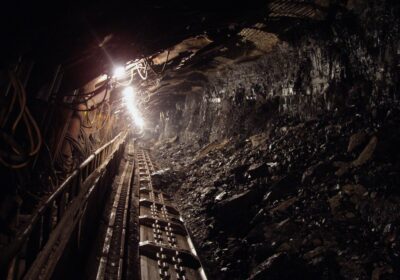Within the construction industry, a highly important focus is the effective management of logistics and the supply chain. It’s a crucial element for unlocking growth and development, but this growth can be affected significantly by fragmented approaches to sourcing materials and the overall fragility of supply chains.
Accessing logistics can be challenging, given their fragmentation into two models, making it difficult to improve logistics. Wincanton, an expert in construction logistics, has outlined the fragmented contracting models common in the industry and how they can impact projects.
Construction contracting models
Horizontal fragmentation
The concept of a horizontally fragmented model is where, within an infrastructure project, you have a primary contractor who engages with Tier 2 contractors for specific deliverables. From here, the Tier 2 contractors can then engage with Tier 3 and 4 contractors for other project elements they can offer and deliver.
This creates a fragmented approach to logistics as each contractor is solely tasked with operating to their plans and deliverables without a set plan that integrates every level of the project. This can result in project sites being bottlenecked with deliveries not being properly scheduled, leading to increased CO2 emissions from partly filled vehicles in increased volumes.
Vertical fragmentation
Vertical fragmented logistics arise when projects are split and scheduled with multiple build phases which require and utilise different types of products. This can range from the initial phases of a project, such as laying the groundwork for the infrastructure with soil testing and surveying or groundwork, all the way to the final fixes. If the coordination between these phases isn’t appropriately laid out, it is more challenging to reply to scheduling changes, resulting in delivery delays or products arriving earlier than required.
Finding a balance
With these contracting models in mind, how can the construction industry improve its approach? The answer is striking a balance that enhances the strengths of both while reducing the weaknesses to create a supply chain model that’s resilient and sustainable.

Finding solutions through integrated technology
Technology offers solutions to communication and planning issues that are present in the construction industry and integrating it into processes can mitigate the negatives of horizontal models. Project management software is an example of how tech can be used to collate all your operations for said project. It can help make it all more cohesive while adding real-time tracking and data analytics, offering better visibility and a more streamlined approach.
Collaborations and partnerships
Collaboration and forming strategic partnerships with contractors who provide specialised services can significantly reduce the issues that arise in a vertical contracting model. Establishing a network of suppliers and contractors that can be trusted for important projects helps set standards for flexibility within the industry.
Sustainability focus
Making supply chains more sustainable is a huge focus within the industry, and reducing the impact of fragmented models should be a priority. Whether this is done through the implementation of more sustainable transport options such as alternatively fuelled HGVs, focusing on reducing waste from the project site or from developing materials, or optimising how materials are moved and stored, these can all help lower the carbon footprint. Beyond the individual projects, setting out more sustainable practices, emphasis from the wider industry through initiatives and regulations could push it in the right direction.
The negative impact of fragmented logistics and supply chain models within the construction industry is undeniable. However, with a strategic and balanced approach, leveraging technology, fostering collaboration, and embracing sustainability, the industry can navigate the maze of challenges. As construction projects become more complex and demanding, a seamless and integrated supply chain will be crucial for sustainable growth and success.







